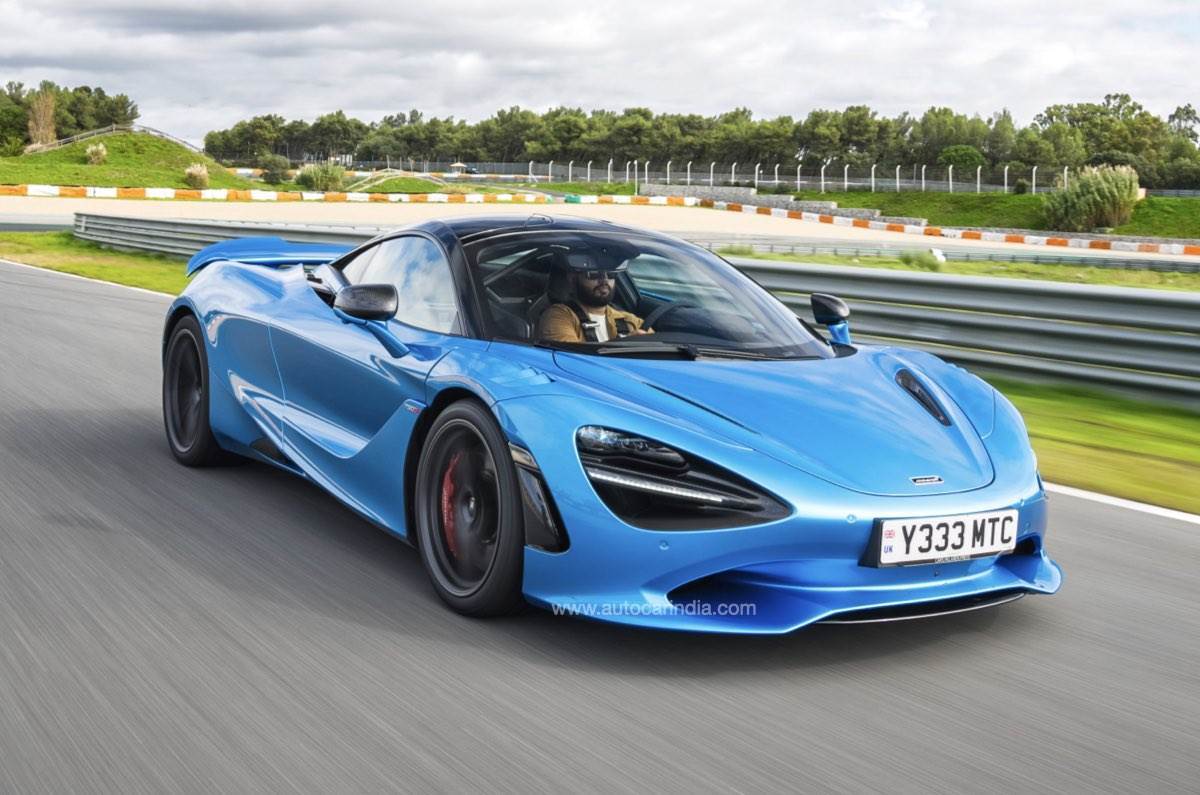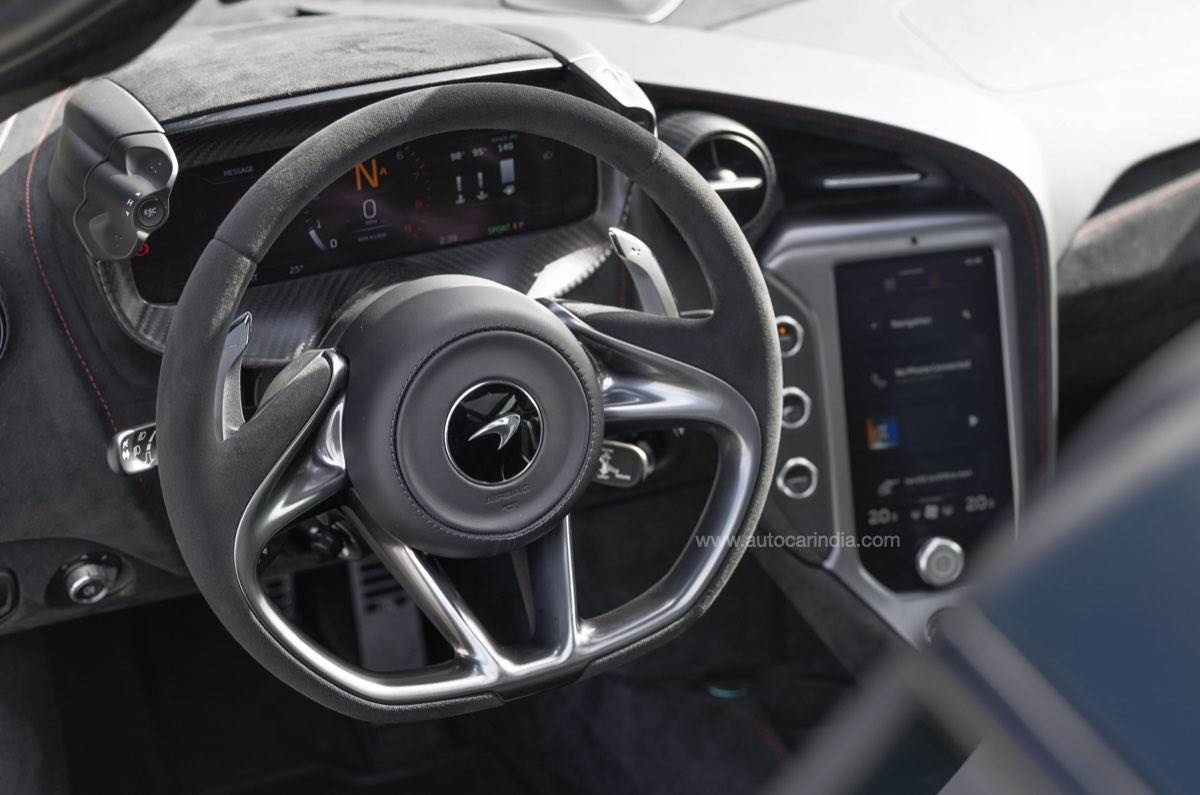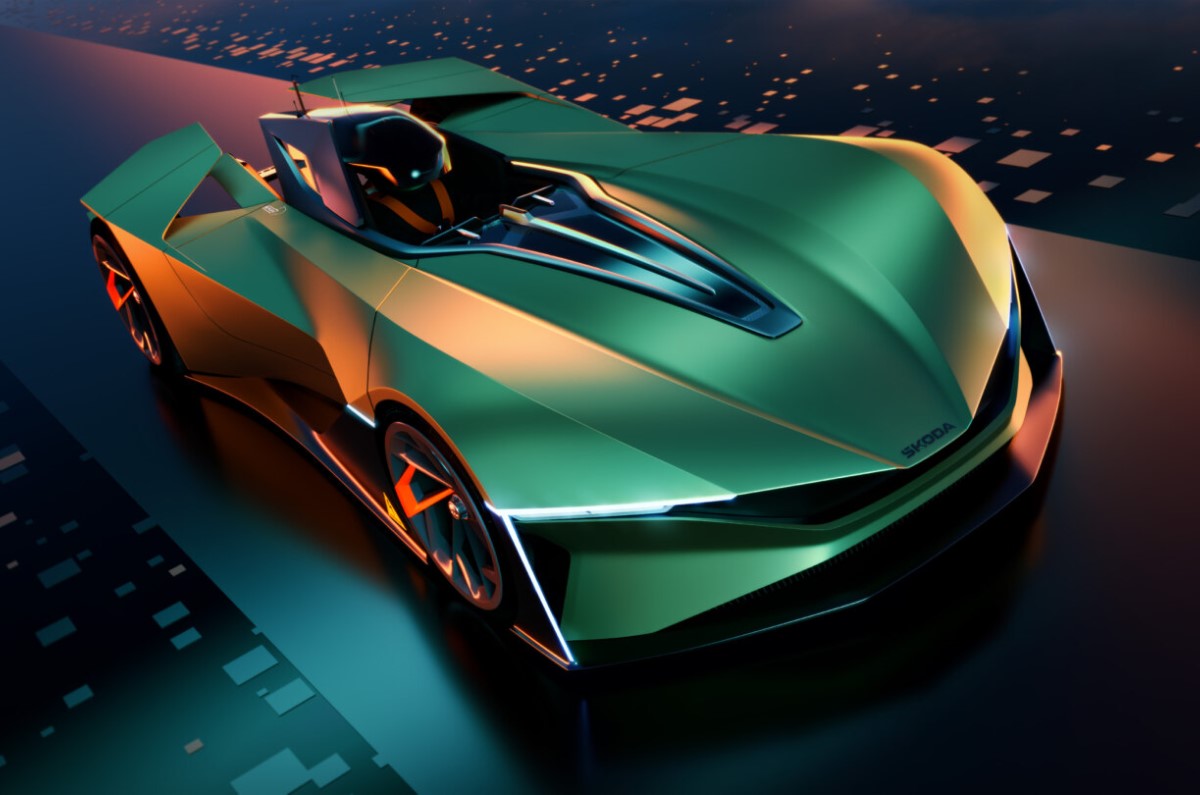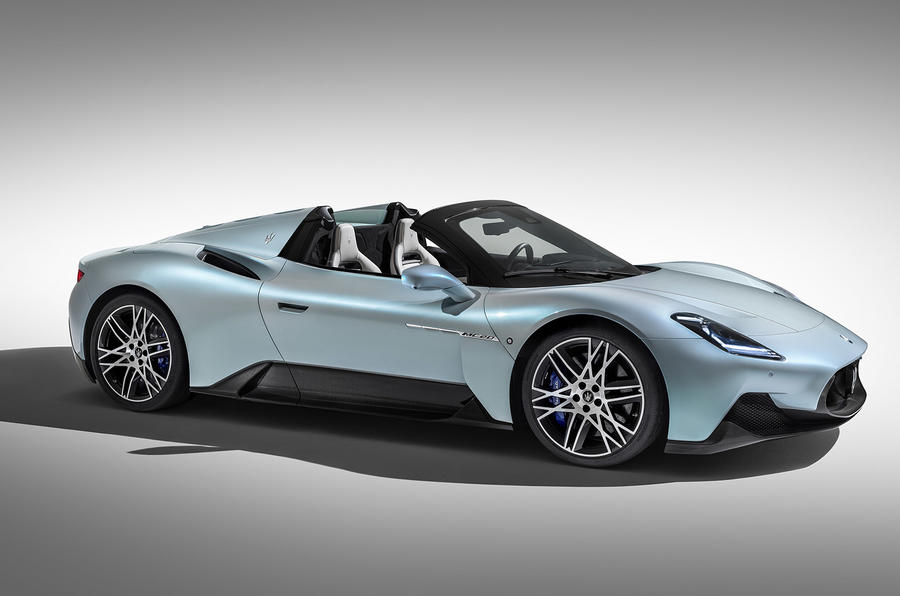More powerful V8, revised chassis and better aerodynamics mark it out from its predecessor, the 720S.
McLaren has launched the new 750S supercar in India, with prices starting from Rs. 5.91 crore. Essentially a replacement of the 720S, the 750S is available in both Coupe and Spider guises in India. McLaren claims it is their lightest and most powerful series-production car yet, and makes notable advances in weight-saving, performance and aerodynamics over the outgoing 720S.
- Mclaren 750S is powered by a 750hp, 4.0-litre V8
- Coupe does 0-200kph in 7.2 seconds
- Rivals the likes of Ferrari 296 GTB in India
For now, less than 20 units have been allocated for India, and few have already been spoken for. We have exclusively driven the Mclaren 750S at the Estoril circuit in Portugal about which you can read here, or watch the video here.
McLaren 750S engine, performance
The 750S gets the same M840T engine as the 720S, albeit with plenty of revisions. The 4.0-litre twin-turbo, flat-plane V8 now produces 750hp and 800Nm with no electrical assist from either an electric turbo, or a hybrid battery setup. The enhancements are subtle but, evidently, effective. Aside from being newly calibrated for improved power delivery, there's a new triple-layer head gasket, new twin fuel pumps, higher-pressure turbos, lighter pistons and a standard-fit sports exhaust – exiting through the centre of the rear deck à la McLaren P1.

As a result of the weight loss, power boost and a shorter final drive ratio, McLaren claims it accelerates 10 percent faster than the 720S across the board; the 750S screams from 0-100kph in just 2.8 seconds and only needs another 4.4 seconds to clock 200kph. Top speed, though, is very slightly down, at 331kph.
McLaren 750S weight saving, chassis
The 750S saves 30kg over the 720S, bringing the dry weight down to 1,277kg. This gives it, McLaren claims, a segment-leading power-to-weight ratio of 587hp per tonne. Its closest rival, the Ferrari 296 GTB plug-in hybrid, claims a ratio of 560hp per tonne. Weight-shaving measures extend to new carbon fibre-shelled alloys saving 13.8kg, 17.5kg lighter carbon fibre-shelled race seats and even a trimmed instrument cluster, which contributes a 1.6kg saving.

The chassis revisions are just as extensive. The 750S brings a 6mm increase in front track, a faster steering rack, lighter springs – which are 3 percent softer at the front and 4 percent stiffer at the rear – a new brake booster for improved pedal feel, and an upgraded version of McLaren's Proactive Chassis Control system that keeps roll in check and enhances rolling refinement.
McLaren 750S exterior and interior
As an evolution of the 720S, rather than an entirely new model, the 750S cuts a familiar figure, but subtle visual revisions mark the new car out from its forebear. There is a new front bumper incorporating a larger splitter for optimised aero performance, larger air intakes to boost cooling and slim new LED headlights, but most notable is the noticeably larger active rear wing, which has a 20 percent larger surface area and is claimed to boost both downforce and stopping performance.
The overhauled cockpit aims to minimise distraction and promote the connection between the driver and the road. The instrument display now moves with the steering column to optimise visibility for all drivers, for example, and the drive mode selector controls are mounted on the side of the binnacle so the driver needn’t remove their hands from the wheel to make a change. This frees up room next to the 8.0-inch central touchscreen for new, easier-access buttons for launch control and aerodynamic adjustment controls. Crucial for India, it also gets a suspension lift function that can be deployed in just 4 seconds, and can be accessed via a button on the dashboard.

The 750S also promises tangible benefits from a functionality standpoint: the infotainment screen is higher-definition and more responsive to inputs, the in-car microphone is said to be better at recognising speech commands and the park-assist camera gives a clearer view. Plus, Apple CarPlay and a wireless charger are now standard features.
Also See:

 3 months ago
33
3 months ago
33








 English (US)
English (US)